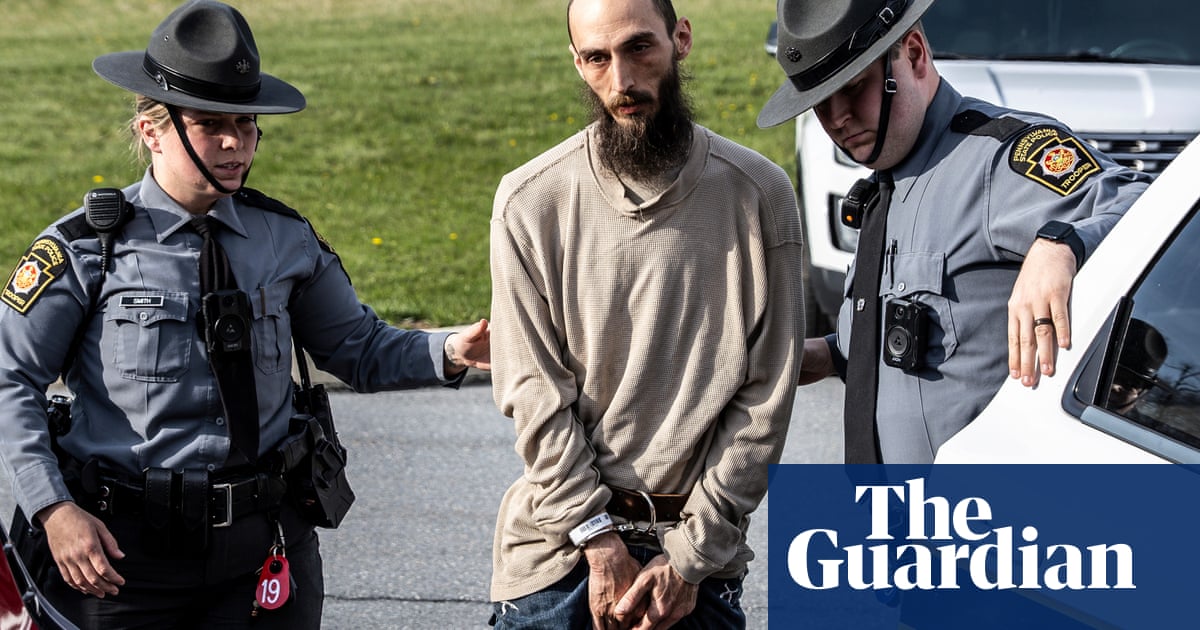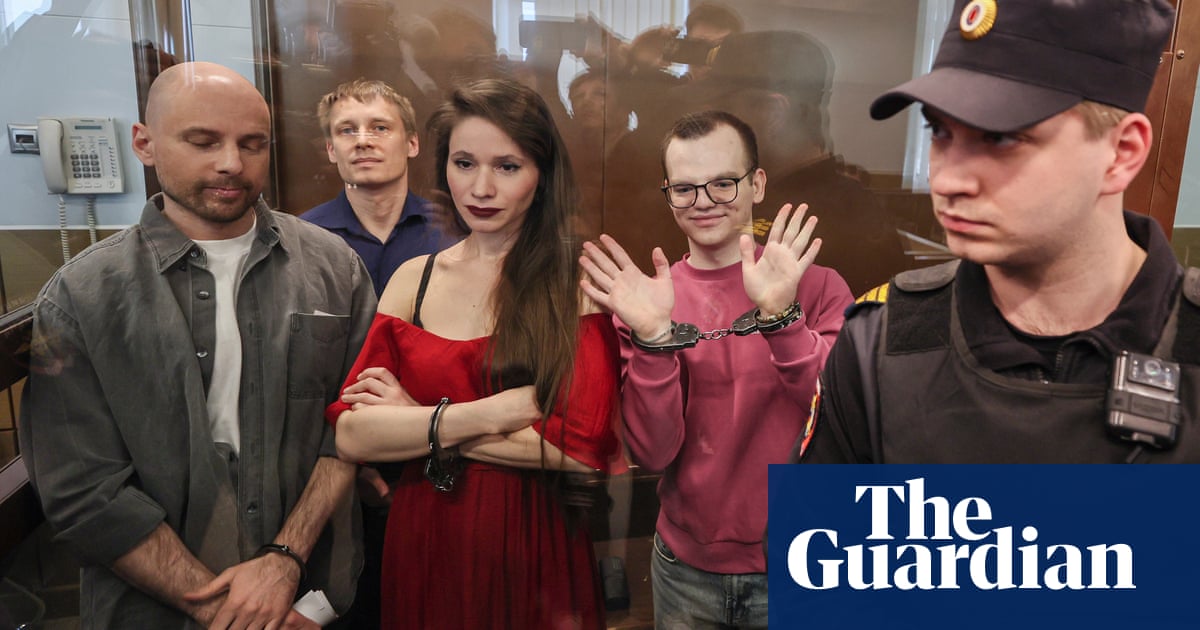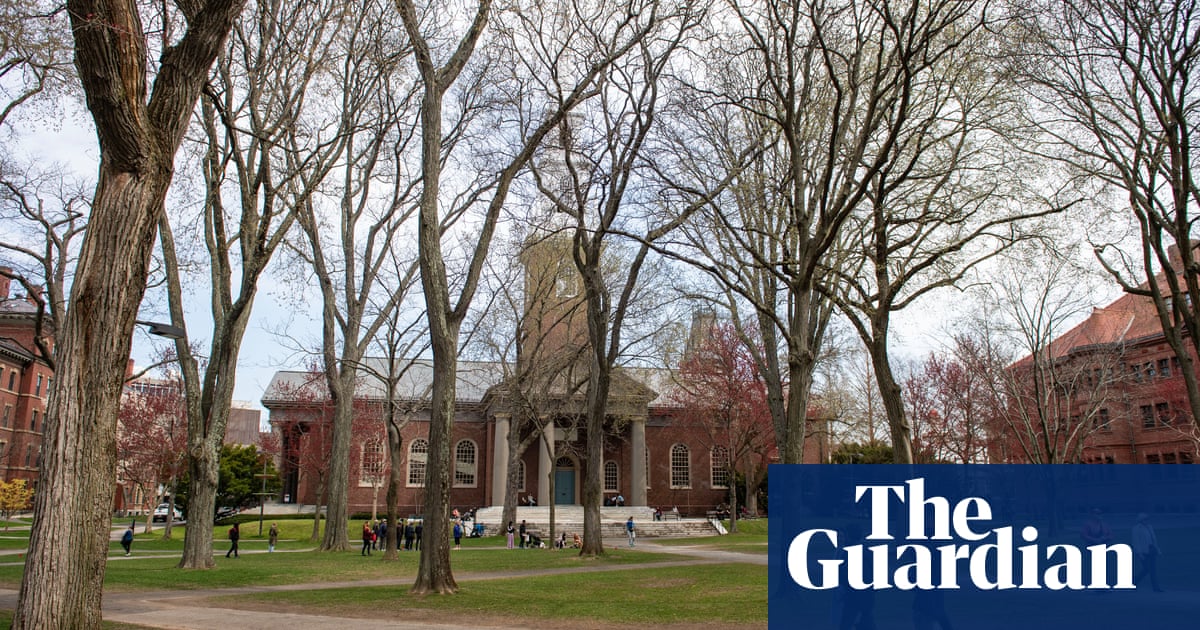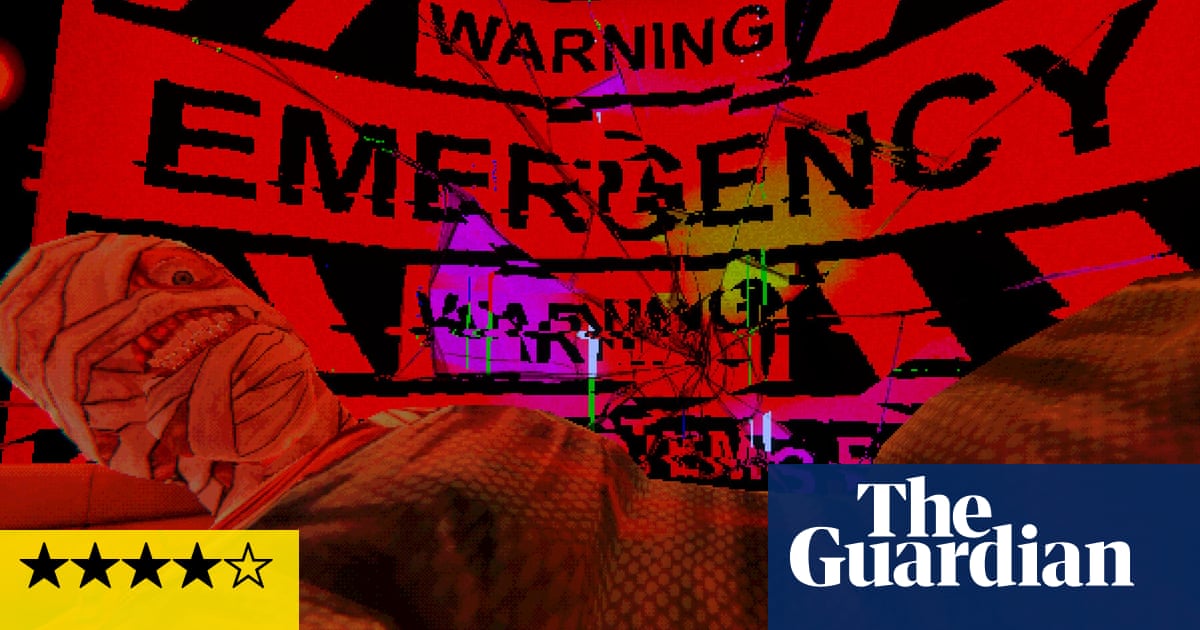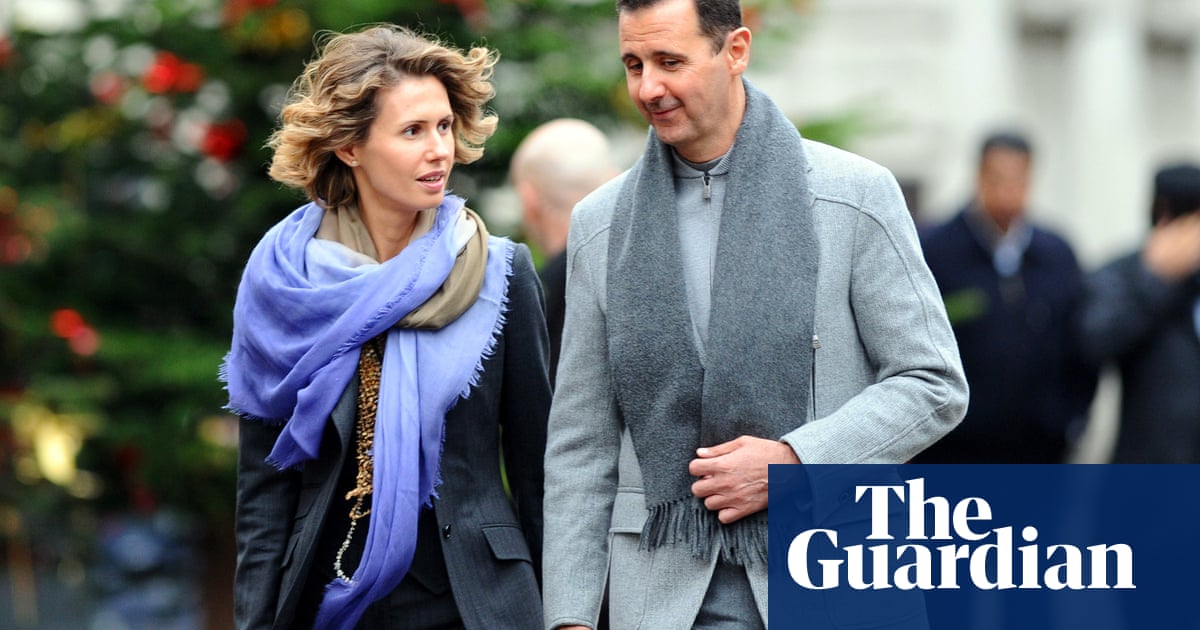The early 1960s was, for my generation in Argentina, an age of discovery when, in our mid-teens, we learned about sex, metaphysics, the Beatles, Ezra Pound, Che Guevara, Fellini’s films, and the new literature of Latin America. In the bookstore around the corner from my school, there began to appear novels with black-and-white photographs on the dust jackets whose Spanish-language authors, while acknowledging Borges as the fons et origo of all literary endeavours, attempted to find in the 19th-century European realists new ways to depict the troubled reality of Spain and South America.
One of those novels was La Ciudad y los Perros (The City and the Dogs, oddly translated into English as The Time of the Hero) by a young, unknown Peruvian writer, Mario Vargas Llosa, who, in 1962, had won the recently created Premio Biblioteca Breve in Spain. Our literature teacher, while encouraging us to explore the transgressive fields of surrealism and fantastic fiction, thought that this novel was too extreme for adolescent imaginations: too much youthful violence; too much murky sex; too much questioning of authority. There had been nothing like it in Spanish-language fiction before. A fierce indictment of Peru’s military system, incandescent with rage against the hypocrisy of the established order as mirrored in Lima’s most prestigious military academy (which the author had attended), it was also the chronicle of an adolescent rite of passage into the ranks of the commanding patriarchy. The book so incensed the Peruvian authorities that, in the tradition of the city’s founding fathers, an auto-da-fé was ordered and dozens of copies were burned in the academy’s courtyard. At the very start of what was labelled by canny publishers as the “boom” of Latin-American literature, Vargas Llosa’s book was recognised as a modern subversive classic.
Until then, the so-called “novel of protest” in the literatures of Latin America had Zola as its model. Under the large shadow of the author of La Terre and Germinal, writers such as Ciro Alegría and José María Arguedas had written about the lives of those whom our European culture had taught us to deny. Vargas Llosa didn’t follow Zola but rather chose Flaubert as his guide, writing a decade later a splendid essay, The Perpetual Orgy, in which he argued that Madame Bovary kickstarted the modern novel by establishing an “objective” narrator who, because they refused to preach, gave the illusion of telling a story that was true.
after newsletter promotion
We waited with greedy expectation for Vargas Llosa’s next novels, The Green House (1966) and Conversation in the Cathedral (1969), and later Captain Pantoja and the Special Service (1973) and the erotically humorous Aunt Julia and the Scriptwriter (1977), all the time trying to discover who this man was who, in public life, swayed his political alliances from left to right, all the time remaining committed, in his fiction, to basic precepts of human empathy.
The young Vargas Llosa, like so many South-American intellectuals, had supported Castro’s revolution, but after the imprisonment of the poet Heberto Padilla he declared himself an opposer to the Cuban regime. Almost two decades later, Vargas Llosa became the head of the centre-right party Movimiento Libertad, and entered into a coalition with two other centre-right politicians. In 1990, as candidate to the presidency, Vargas Llosa lost to Alberto Fujimori, who was later sentenced to 25 years in prison for human rights abuses, and later still, unlawfully pardoned. From then on, Vargas Llosa restricted his political activism to his frequent newspaper columns and, much more subtly and effectively, to his fiction, for which he was awarded, in 2010, the Nobel prize.

.png) 1 day ago
9
1 day ago
9



